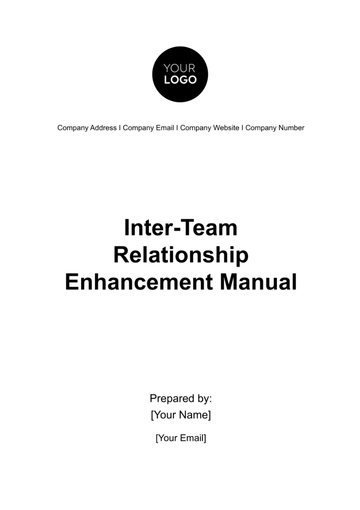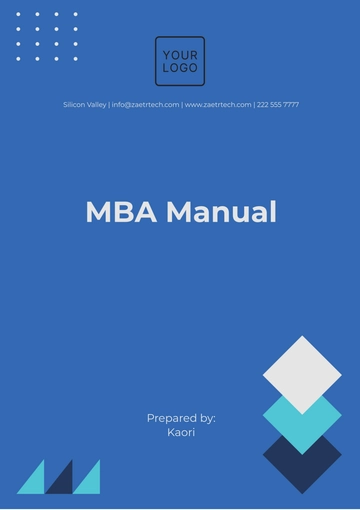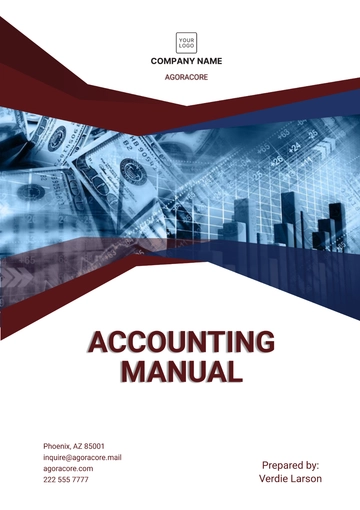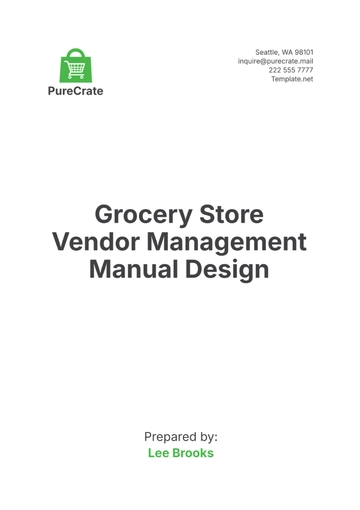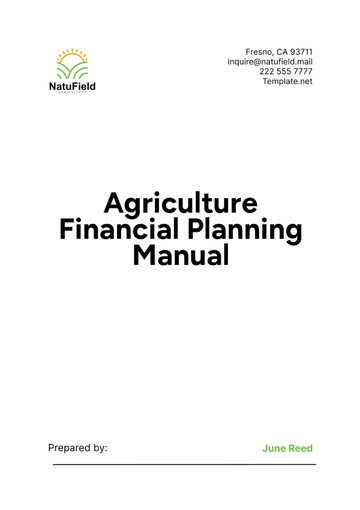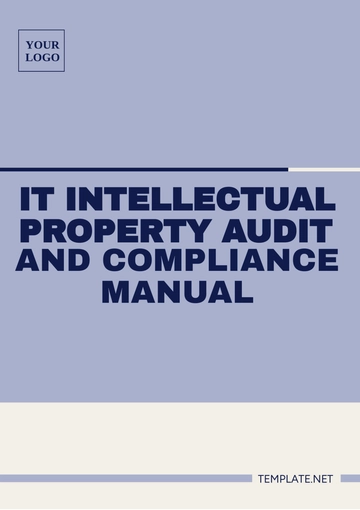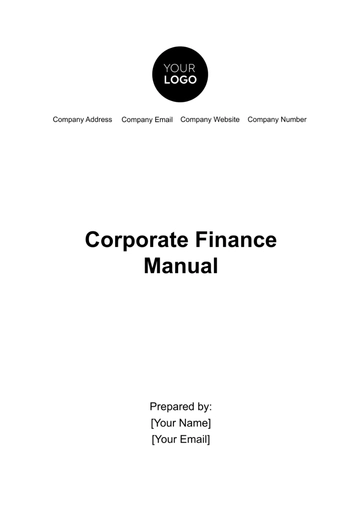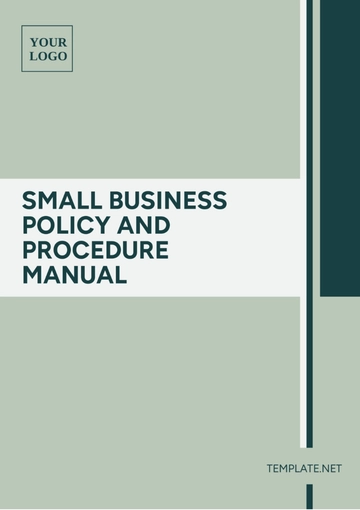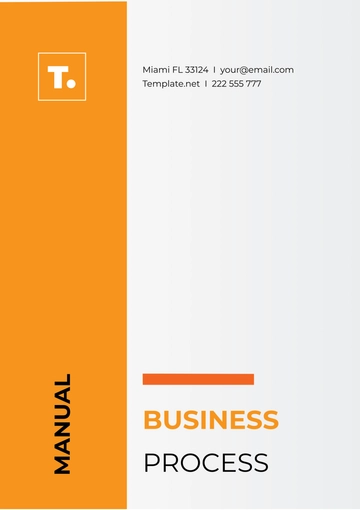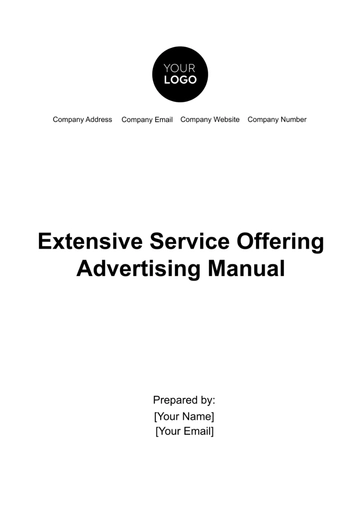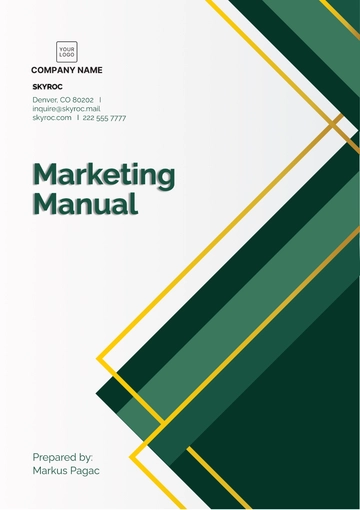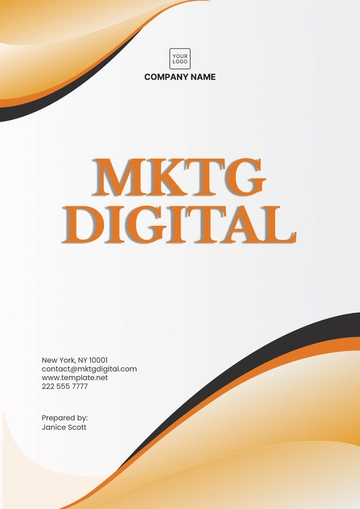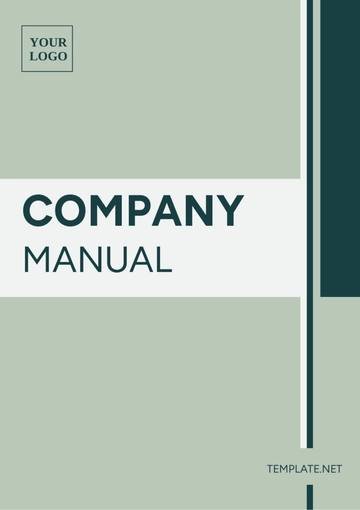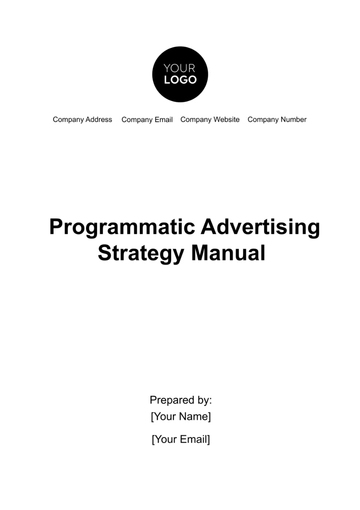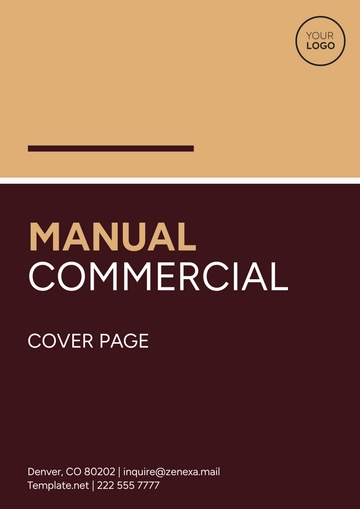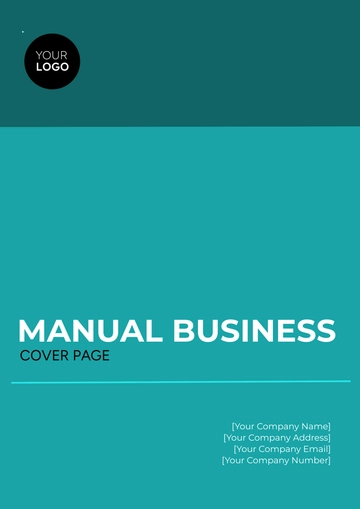Free Accounting Manual
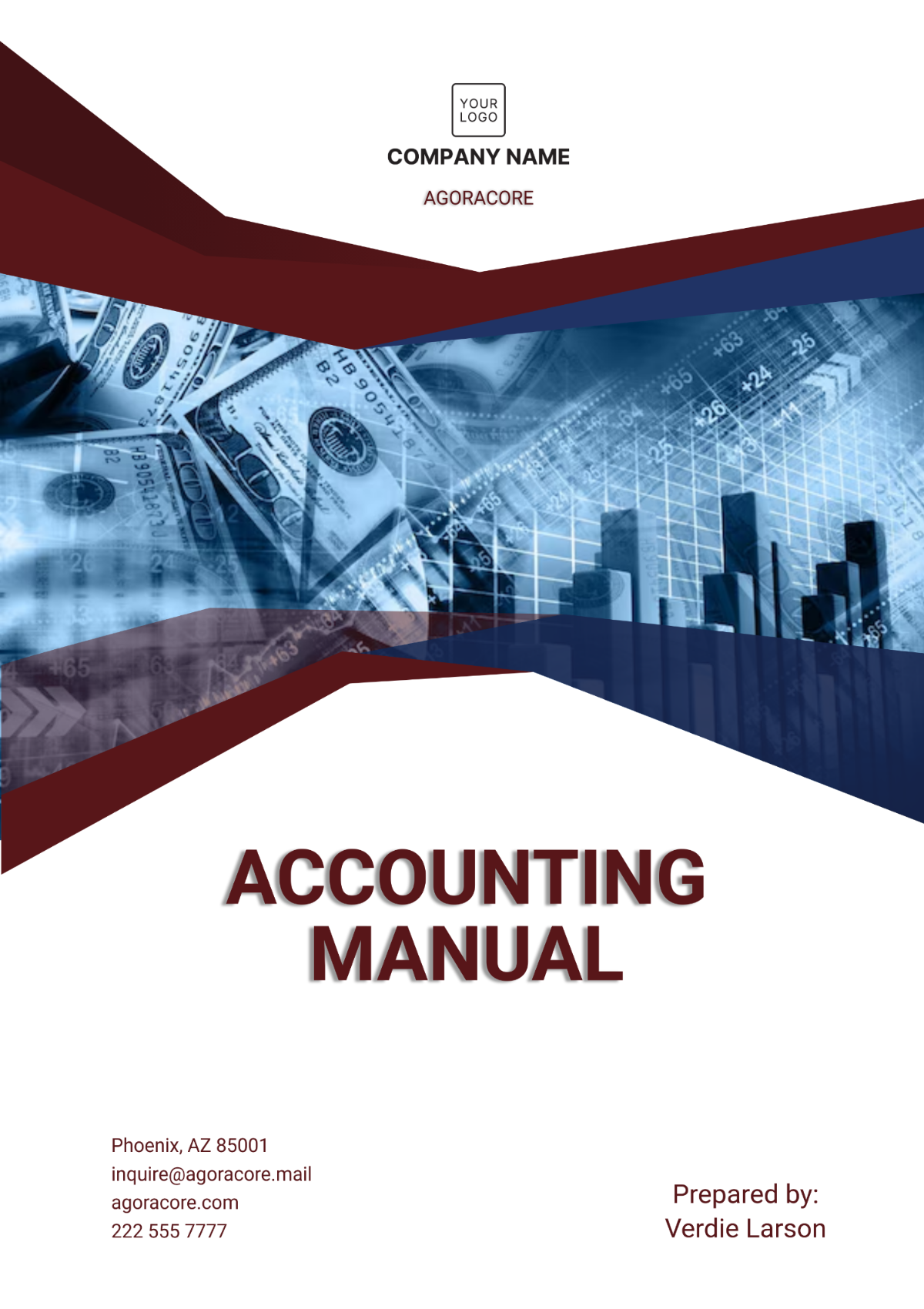
I. Introduction
This accounting manual provides guidelines and procedures for handling [YOUR COMPANY NAME]'s financial transactions and maintaining accurate financial records. It ensures consistency, accuracy, and compliance with regulatory requirements.
II. General Accounting Principles
1. Accrual Basis Accounting
Accrual basis accounting recognizes revenue when it is earned and expenses when they are incurred, regardless of when the cash transactions occur.
2. Consistency
Consistency involves applying the same accounting principles and methods from one period to the next to ensure the comparability of financial statements.
3. Materiality
Materiality refers to the significance of transactions, balances, and errors in the financial statements. Only material items should be reported in detail.
III. Chart of Accounts
1. Account Categories
Assets
Liabilities
Equity
Revenues
Expenses
2. Numbering System
The chart of accounts uses a standardized numbering system to categorize and track financial transactions:
Category | Numbering Range |
|---|---|
Assets | 1000-1999 |
Liabilities | 2000-2999 |
Equity | 3000-3999 |
Revenues | 4000-4999 |
Expenses | 5000-5999 |
IV. Financial Statements
1. Balance Sheet
The balance sheet provides a snapshot of the company's financial position at a specific point in time, showing assets, liabilities, and equity.
2. Income Statement
The income statement shows the company's financial performance over a specific period, detailing revenues and expenses to calculate net income.
3. Cash Flow Statement
The cash flow statement reports the cash inflows and outflows from operating, investing, and financing activities over a period.
V. Internal Controls
1. Segregation of Duties
Key accounting functions should be separated among different employees to prevent errors and fraud. For example:
Authorization
Recording
Custody
2. Reconciliation
Regular reconciliation of accounts ensures that balances are accurate and discrepancies are identified and addressed promptly.
3. Documentation
All financial transactions should be supported by appropriate documentation, such as invoices, receipts, and contracts, to ensure accuracy and compliance.
VI. Regulatory Compliance
1. Tax Compliance
The company must adhere to all tax laws and regulations, including timely filing of tax returns and payment of taxes due.
2. Financial Reporting Standards
Financial statements should comply with applicable accounting standards, such as GAAP or IFRS, to ensure transparency and reliability.
3. Audits
Regular internal and external audits help ensure that financial records are accurate and the company is compliant with regulatory requirements.
VII. Conclusion
Adhering to the guidelines and procedures outlined in this accounting manual will help maintain the integrity of the company's financial records and ensure compliance with regulatory requirements.
- 100% Customizable, free editor
- Access 1 Million+ Templates, photo’s & graphics
- Download or share as a template
- Click and replace photos, graphics, text, backgrounds
- Resize, crop, AI write & more
- Access advanced editor
Streamline your accounting processes with Template.net’s Accounting Manual Template. Customizable and editable in our Ai Editor Tool, this template helps you document your accounting procedures, financial policies, and compliance guidelines. Whether you are outlining internal controls or tax practices, this template ensures that your accounting department operates efficiently and adheres to regulations.
